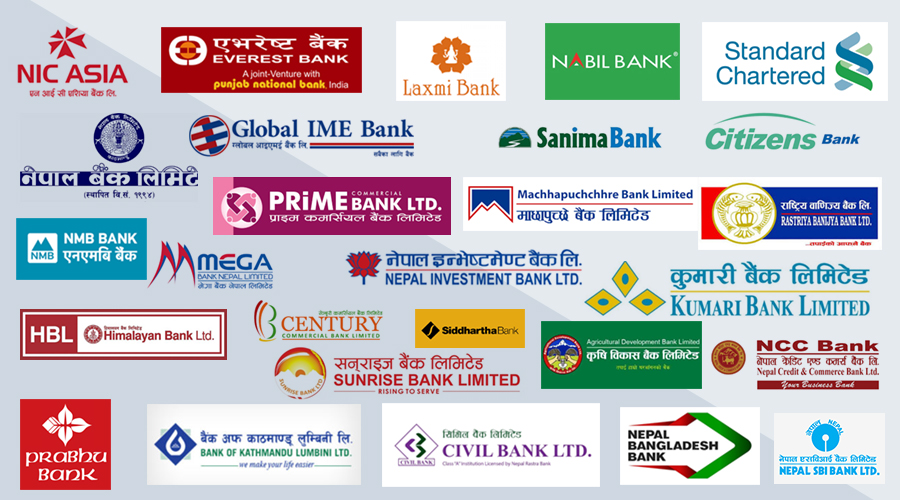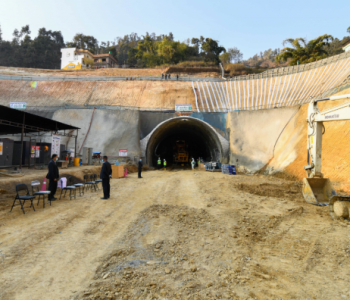Deposits in Nepali banks and financial institutions surge by 7.6%

KATHMANDU: Nepal’s financial landscape witnesses a substantial surge in deposits, marking a promising trajectory for the country’s economy. According to the latest report from the Nepal Rastra Bank (NRB), deposits in Banks and Financial Institutions (BFIs) have soared by 7.6% during the initial eight months of the ongoing fiscal year.
Comparing data from the same period last year, the increase stands at a remarkable Rs. 435.87 billion, reflecting a robust growth trend. This acceleration surpasses the previous year’s growth of Rs. 280.57 billion, representing a 5.5% increase.
In mid-March 2024, year-on-year analysis showcases a significant uptick of 14.6% in deposits at BFIs. Demand, saving, and fixed deposits constitute 6.5%, 28%, and 58.7% of the total deposits respectively, demonstrating a stable distribution pattern.
Notably, the share of institutional deposits in the total deposit portfolio of BFIs is reported at 36.5%, slightly down from the previous year’s 36.8%. Private sector credit from BFIs also displays a notable rise, surging by Rs. 199.50 billion (4.2%) during the review period, compared to the previous year’s increment of Rs. 128.18 billion (2.8%).
Year-on-year credit expansion to the private sector from BFIs stands at 5.2% in mid-March 2024. The allocation of credit to non-financial corporations and households is distributed at 63.2% and 36.8% respectively, reflecting a balanced approach towards credit dissemination.
Commercial banks, development banks, and finance companies have contributed to this credit surge, with increments of 4.2%, 3.5%, and 3.9% respectively during the review period, as highlighted by the NRB.
While a significant portion of outstanding credit is secured against land and buildings (67.5%), loans against current assets constitute 11.7%. During the review period, there’s a notable increase in loans to various sectors, including production (8.7%), construction (6%), and transportation, communication, and public sector (8.3%).
Term loans, cash credit loans, and trust receipt (import) loans have seen substantial increments, indicating a buoyant credit environment. However, certain loan categories, such as overdraft and hire purchase, have witnessed a decline, largely attributed to reclassification and market dynamics.
Overall, the surge in deposits and credit allocation signifies a positive outlook for Nepal’s financial sector, underpinning economic growth and stability in the region.













Facebook Comment